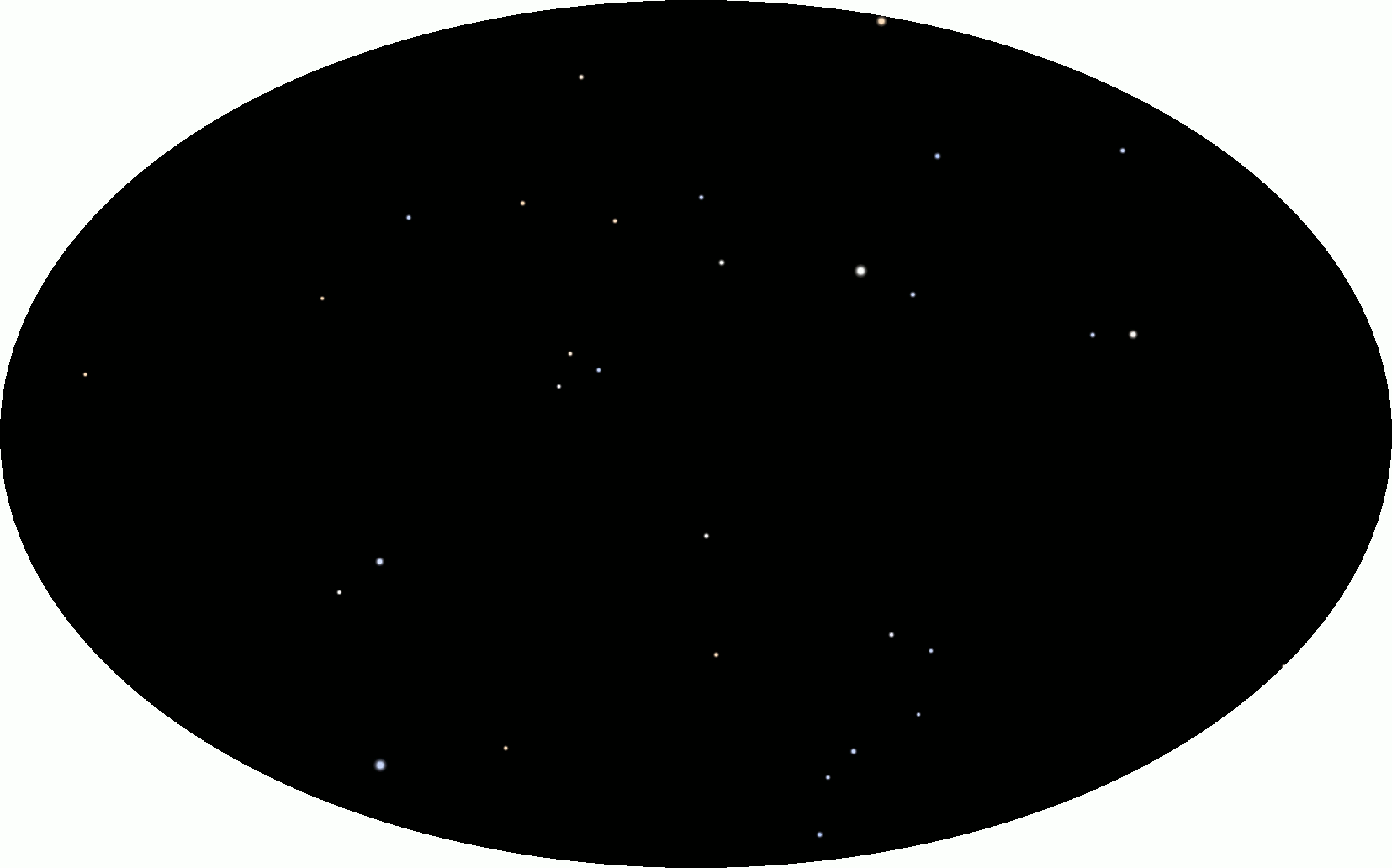This page contains aids to find the constellations in the sky.
Contents
- Compact, sortable, printable lists of objects
- Animated maps that help to learn the main constellations
Lists of objects
The printable or sortable files below list some objects of the sky that may be interesting for beginners in stargazing. The printed lists are so short that they can be kept near the binocular. The information they contain is freely available on the Internet. The ods Open Office format can be converted to xls by Excel.
-
Basic information on all the Messier objects in ods and pdf format. Three pages. Types, coordinates, distance, star hopping reminder, TriAtlas A and B references, a recommended Marathon order. You can also download a two page, grayscale, printable version of the map of Messier objects on Wikipedia.
-
The brightest stars of the constellations in ods and pdf format. Three two sided sheets. Contains data on 620 stars (name, coordinates, visual magnitude, distance, etc.). At least four stars in each of the 88 constellations are listed, sorted by magnitude. The proper names are the same as the ones in Stellarium. Partly based on the HD-DM-GC-HR-HIP-Bayer-Flamsteed Cross Index by N.D. Kostjuk, downloadable from the VizieR archives.
-
The brightest double stars in ods and pdf format. One two-sided sheet, sorted by separation. Contains 200 stars (coordinates, position angle, spectrum). This is an abridged form of Toshimi Taki’s list of double stars.
-
Data obtained from David Knisely’s Filter Performance Comparison test, expanded by information in dso-browser.com, in ods and pdf format. Three sheets, sorted by magnitude. Compares four filters (Deep Sky, UHC, OIII, H-β) on 95 nebulas and grades them on a scale of 0-5.
Please, send me an email if you find errors.
Animated constellations
The animations below show various parts of the night sky as seen from the latitude of Quebec City, Fargo, Seattle, Ulan Bator, Odessa, Budapest, Zurich, Nantes (47 degrees North). First the limiting magnitude increases from 2.4 to 6 in increments of 0.1. Then the names of the brightest stars appear, followed by the lines and names of the constellations, the line of the galactic plane (the Milky Way), and the line of the ecliptic (where the Sun and the planets move). The pictures were prepared using the programs Stellarium and GIMP.
Summer, southern part.
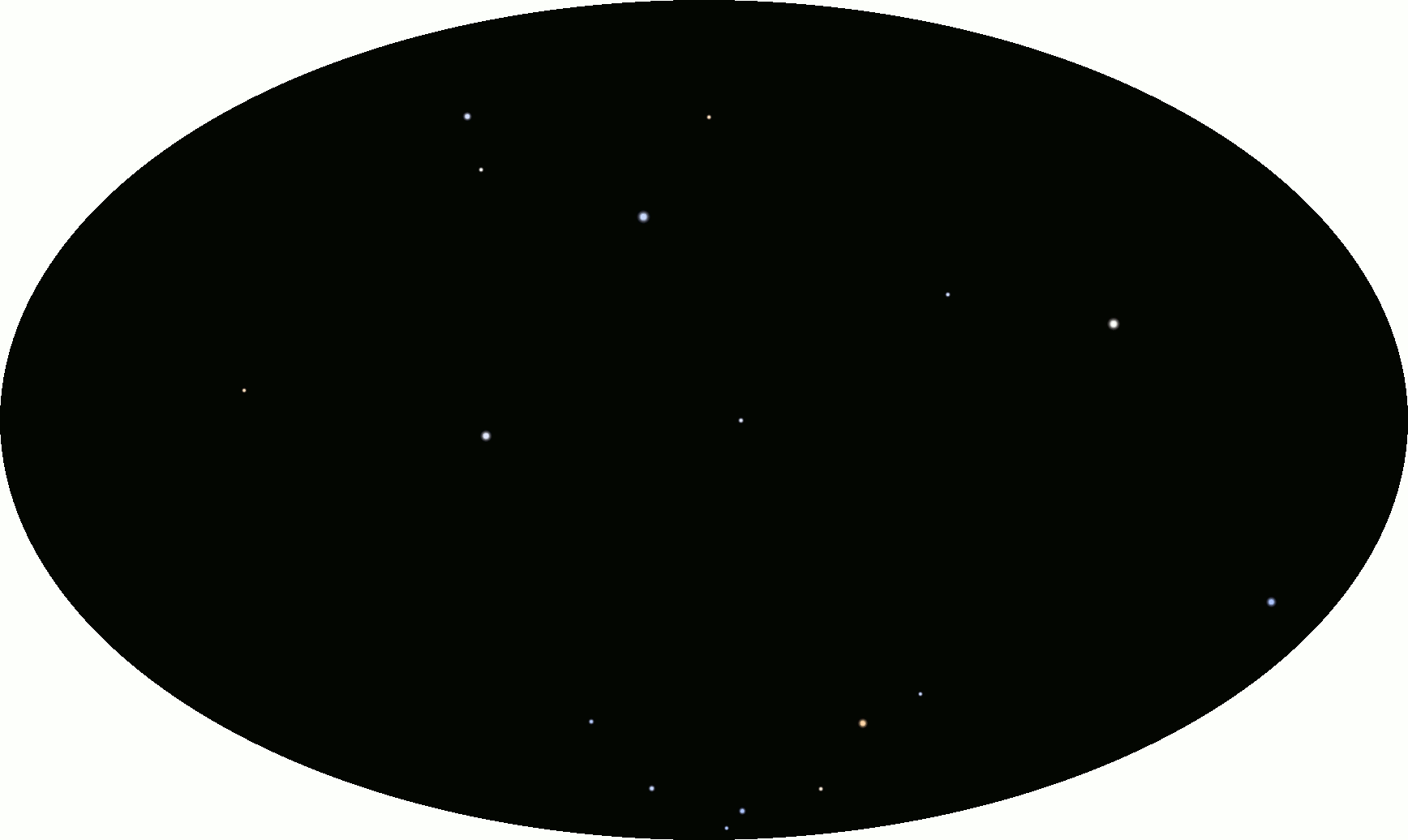
Fall, southern part.
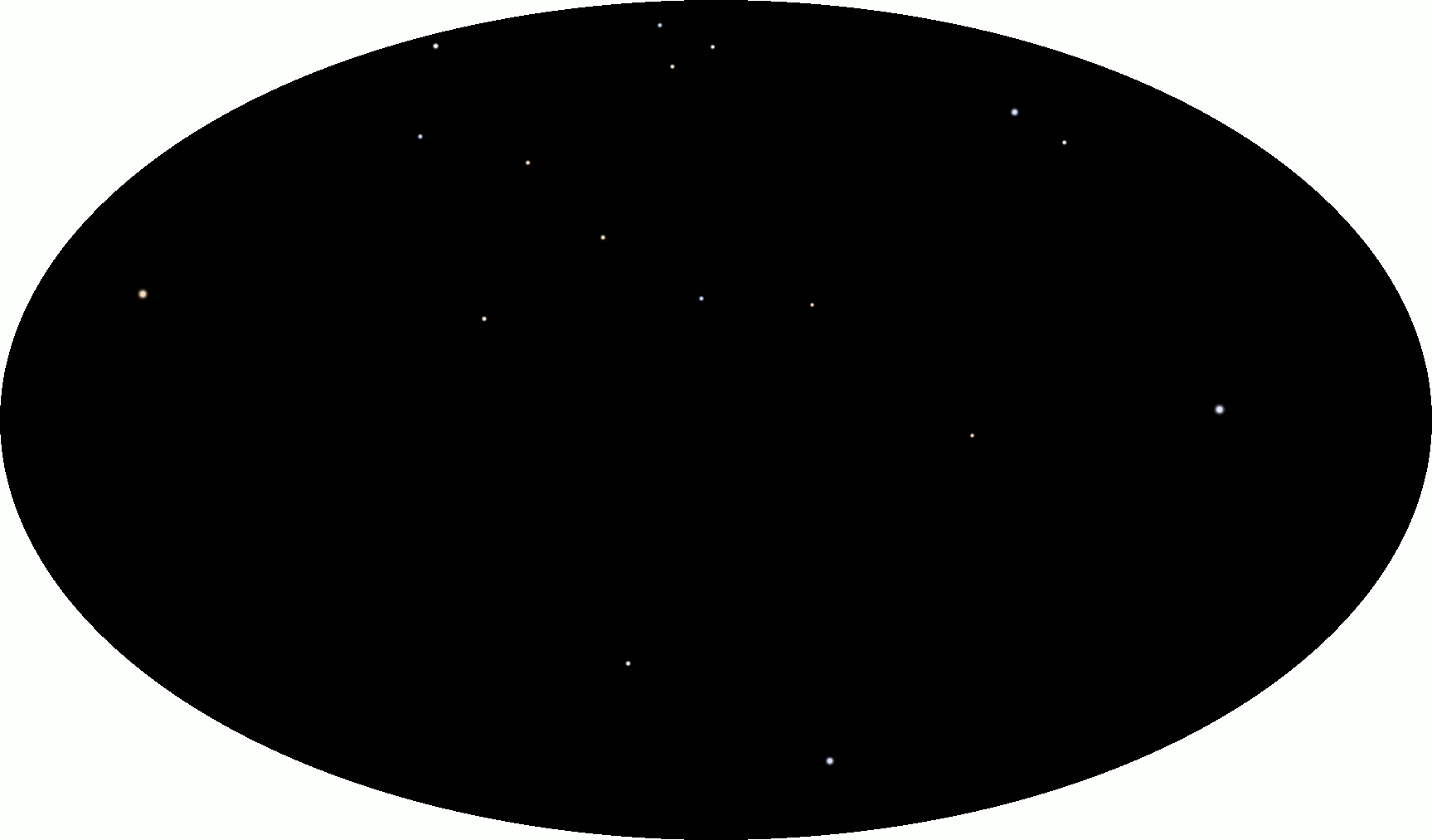
Winter, southern part.
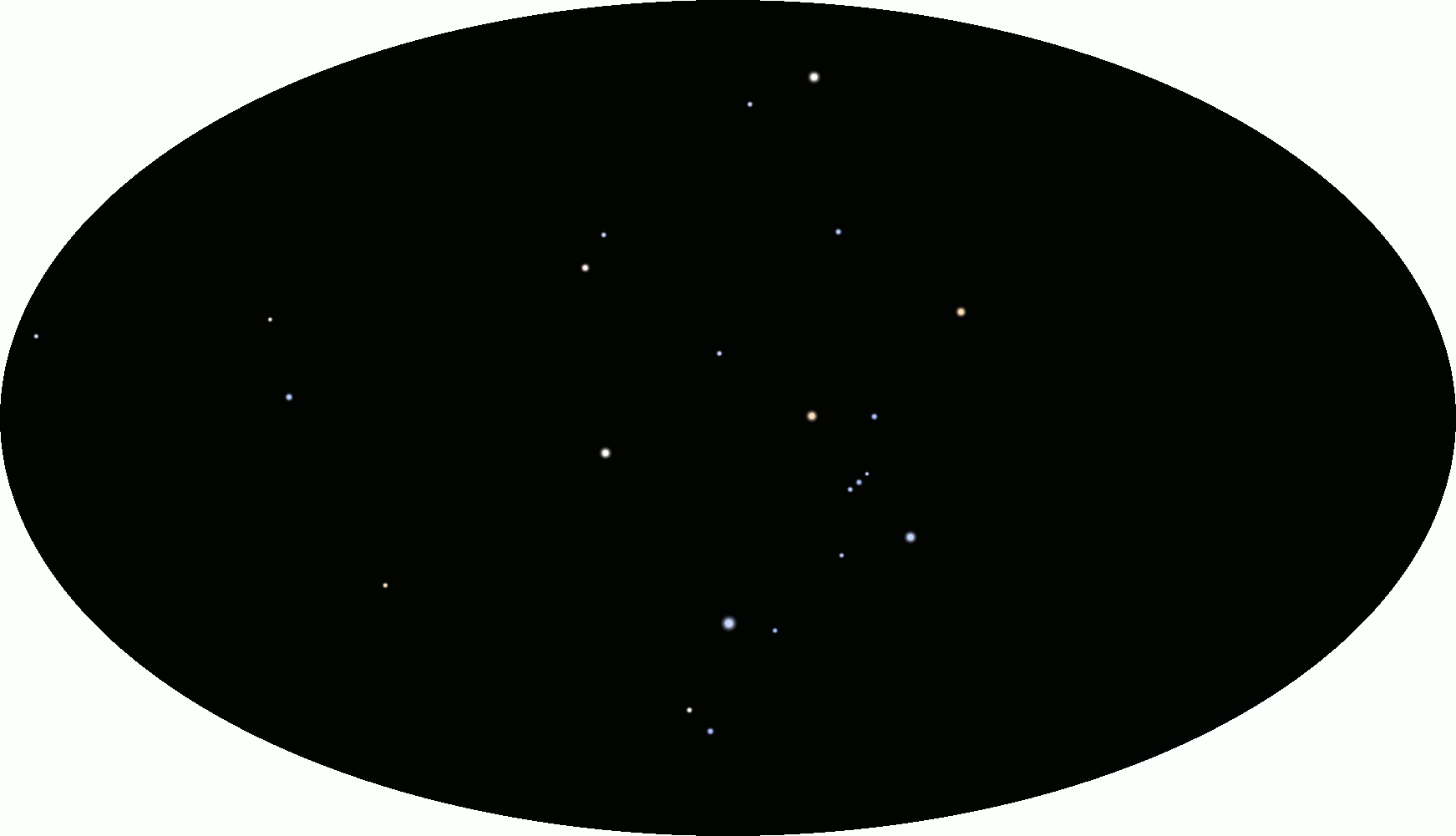
Spring, southern part.
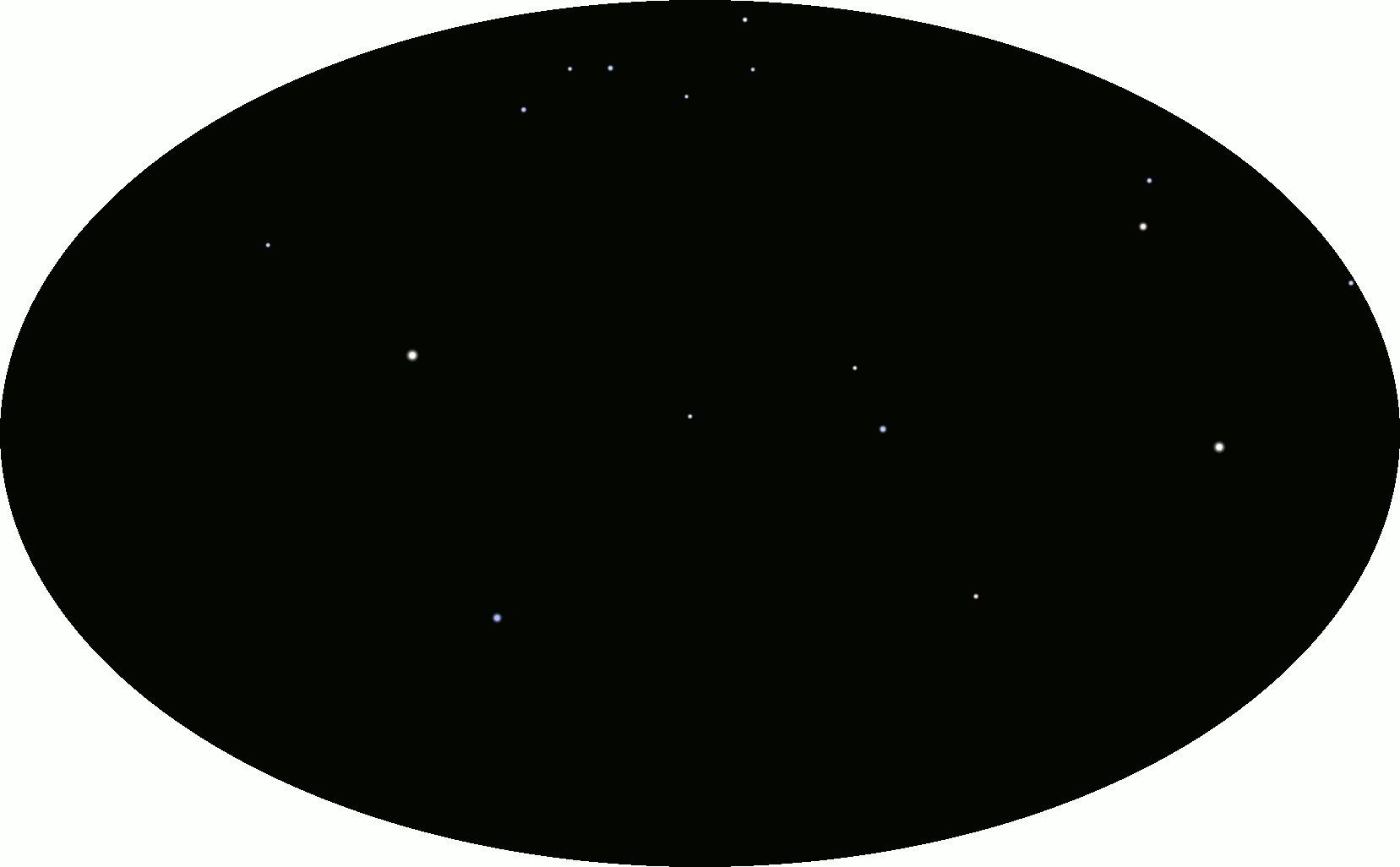
The neighbourhood of Polaris (in winter, looking north).
